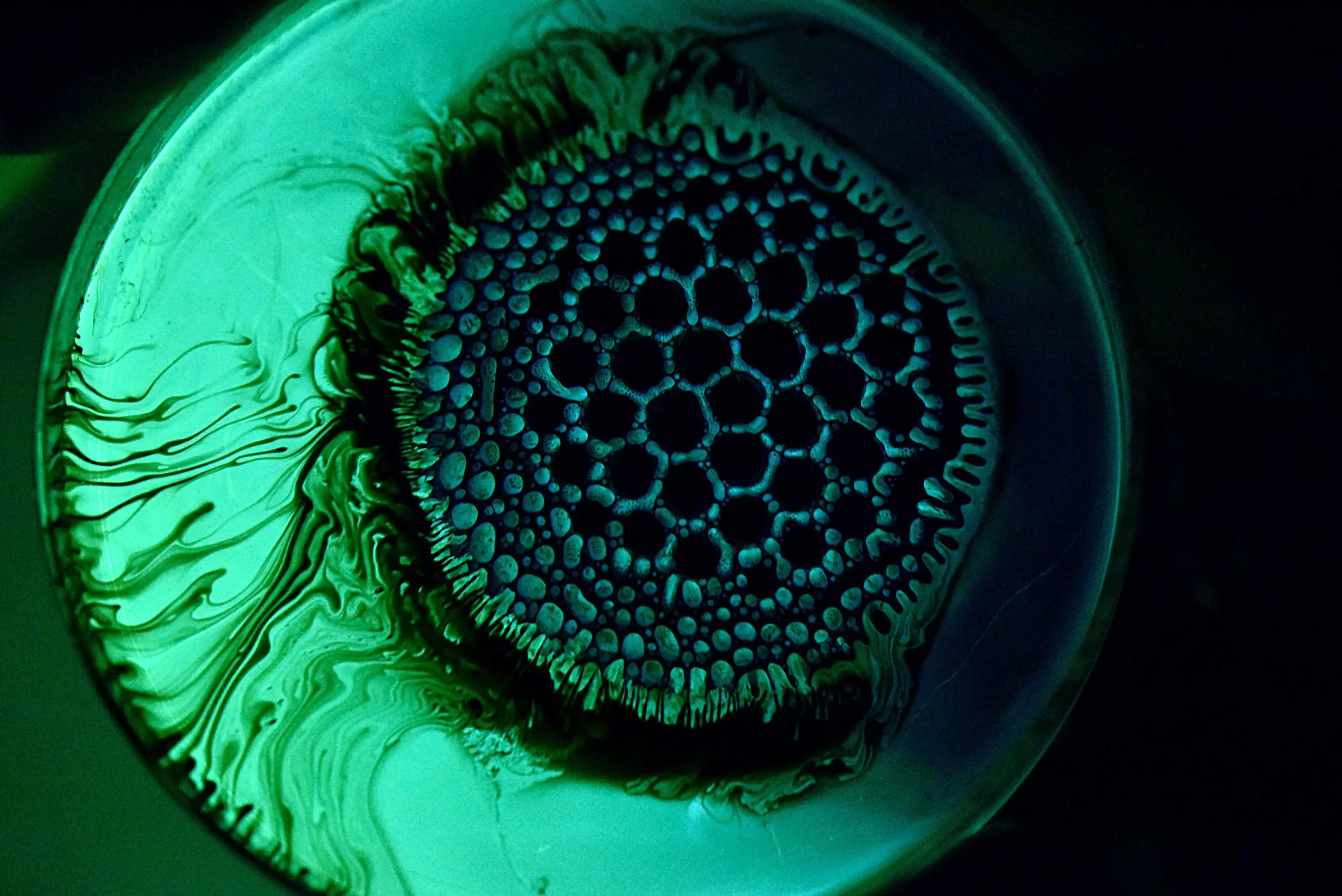Nanotechnology involves manipulating matter at the atomic or molecular scale, typically at dimensions less than 100 nanometers. At this scale, materials can exhibit unique properties that differ from those at larger scales, enabling a wide range of applications across various fields. Here are some key aspects and applications of nanotechnology:
Materials Science: Nanotechnology enables the creation of new materials with enhanced properties, such as increased strength, flexibility, and conductivity. For example, carbon nanotubes and graphene are nanomaterials known for their exceptional strength and conductivity, with applications in electronics, aerospace, and materials science.
Medicine and Healthcare: Nanotechnology holds great promise in medicine and healthcare, with applications ranging from drug delivery systems and diagnostics to tissue engineering and regenerative medicine. Nanoparticles can be engineered to target specific cells or tissues, improving the efficacy and precision of treatments while minimizing side effects.
Electronics and Photonics: Nanotechnology plays a crucial role in the development of smaller, faster, and more efficient electronic devices. Nanoscale components, such as quantum dots and nanowires, enable advancements in semiconductor technology, photonics, and optoelectronics. These advancements contribute to the development of high-resolution displays, sensors, and photovoltaic cells.
Energy and Environmental Applications: Nanotechnology offers solutions for energy generation, storage, and conservation. For example, nanomaterials can improve the efficiency of solar cells, enhance the performance of batteries and fuel cells, and enable more efficient catalysis for environmental remediation processes. Nanotechnology also holds promise for water purification, pollution monitoring, and sustainable agriculture.
Textiles and Coatings: Nanotechnology is used to develop functional textiles and coatings with properties such as stain resistance, UV protection, and antimicrobial properties. Nanoparticles can be incorporated into fabrics and coatings to enhance durability, comfort, and performance in various applications, including clothing, sportswear, and protective gear.
Biotechnology and Biosensors: Nanotechnology enables the development of highly sensitive biosensors for detecting biomolecules, pathogens, and environmental contaminants. Nanoparticles and nanomaterials can be functionalized with biomolecules to create sensors for medical diagnostics, food safety monitoring, and environmental monitoring.
Nanomedicine: Nanotechnology is revolutionizing medicine through the development of targeted drug delivery systems, imaging agents, and therapeutics. Nanoparticles can be engineered to deliver drugs selectively to diseased cells or tissues, improving drug efficacy and reducing systemic side effects. Nanomaterials also enable advanced imaging techniques for early disease detection and monitoring.
Overall, nanotechnology offers immense potential to address some of the most pressing challenges in healthcare, energy, environmental sustainability, and beyond. However, it also raises important ethical, safety, and regulatory considerations that must be addressed to ensure the responsible development and deployment of nanotechnologies.








